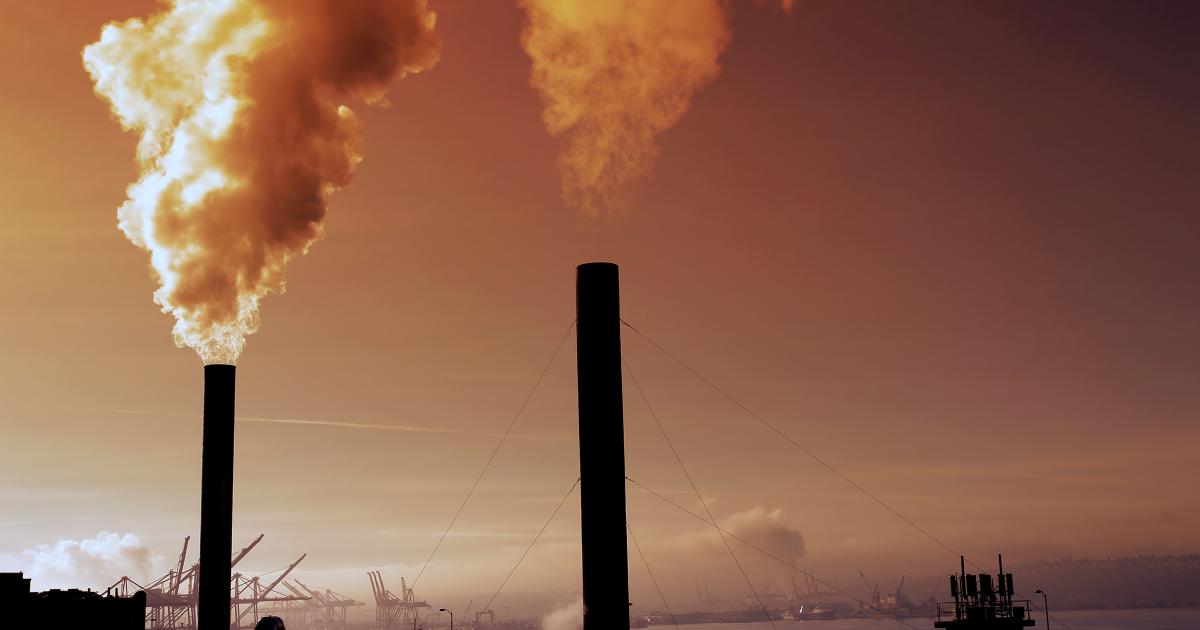Air pollution in Lahore has reached critical levels, positioning it as the most polluted city in Pakistan and the second most polluted globally.
Recent data from international air monitoring organizations reveal that the city’s air quality is currently 19 times worse than the World Health Organization (WHO) guidelines recommend.
The Air Quality Index (AQI) in Lahore has recorded alarmingly high levels across various districts. The overall AQI stands at 181, with certain areas experiencing even more severe conditions. Defense Phase 3 Walton has the highest AQI at 292, followed by Defense Phase 8 at 248, and Ferozepur Road and Gulberg at 233. The Cantonment area reports an AQI of 197, while The Mall Road and its surroundings register at 186.
Health professionals are advising residents to take precautions when venturing outdoors, especially with the onset of the smog season. They recommend wearing masks and protective goggles, as harmful airborne pollutants are expected to persist throughout October and November.
In response to the escalating crisis, Lahore Deputy Commissioner Musa Raza has noted an improvement in the AQI this year, attributing it to proactive measures taken before the smog season. He mentioned that preparations for artificial rain have been completed in collaboration with the Pakistan Army, should the air quality worsen.
Additionally, Raza highlighted that 80 pollution “choking points” have been identified to monitor and address encroachments that contribute to dust and pollution. The Regional Transport Authority has increased enforcement against vehicles emitting smoke, and new technologies have been implemented in brick kilns to cut emissions.
Authorities are also cracking down on the burning of crop residues, a significant source of smog. Musa Raza emphasized that stringent actions are being taken against violators. Environmental experts warn that the smog is likely to intensify during October and November, raising serious health concerns for the city’s residents.










